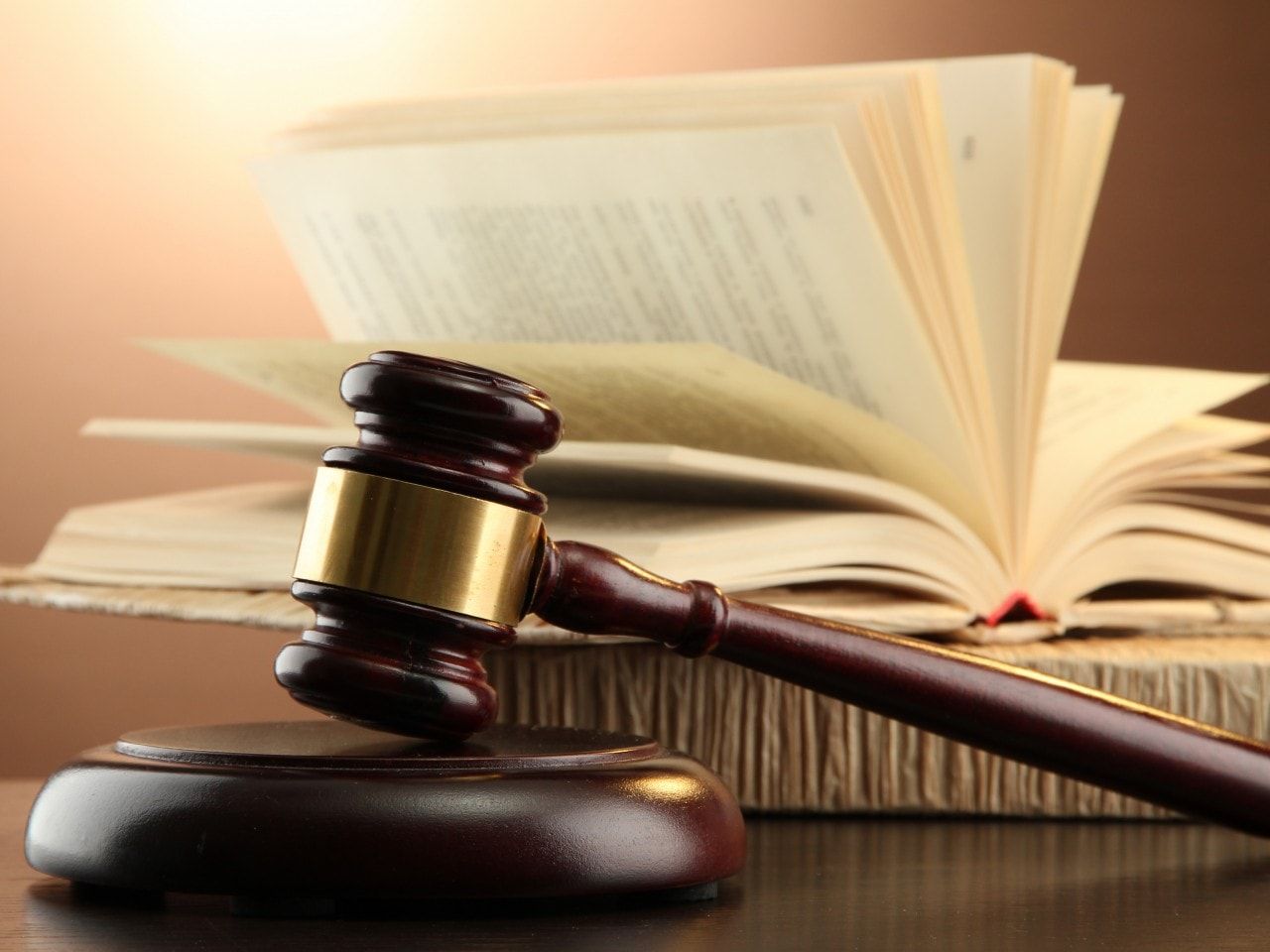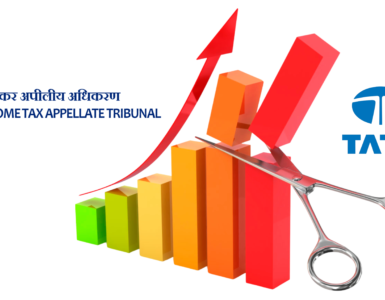Hindustan Unilever Limited (the “Applicant Company”) is public limited Company, originally incorporated under the Indian Companies Act, 1913. The company engaged in various businesses including manufacturers, marketing, distribution and/or sale of soaps detergents, personal care products, beverages processed foods etc in domestic & exports market.
Scheme of arrangement is proposed between the applicant Company and its members to reclassify and transfer the amounts lying to the credit of General Reserves
RATIONALE BEHIND THE SCHEME
- The company has net cash & cash equivalent and investments of Rs. 5,161 crores (Rupees Five Thousand one hundred Sixty-one crores only) as on as on 31st March 2015. The company does not have any secured or unsecured loans fixed deposits or preference share which entails repayment obligation.
- The company has built up significant reserve from its retained profits by way of transfer to general reserve, while excess reserves
can be profitably utilized for companies overall growth strategy still as per view of Board of Directors after considering foreseeable investments required for such opportunities over next few years, funds represented in general reserve are excess of Companies current & anticipated operational needs
WHY THE SCHEME?
Legal Analysis
As per Section 205(2A) of Companies Act 1956, it was mandated every Company to transfer a certain percentage of profits to its reserve
In case of Dividend distributed out of reserve

It means “General Reserve” is a retained profits which are kept aside by Company to meet future known or unknown obligations instead of distributing the same among Shareholders.
 , prior to a declaration of Dividend.
, prior to a declaration of Dividend.As the Company has a strong track record of paying regular Dividends to its shareholders, the Company has built up significant reserves
Now, As per Section 123 of the Companies Act 2013, it is not mandatorily to transfer part of the profits of the applicant Company to the reserves, prior to declaration of Dividend. It implies that there is no need to maintain general reserve for the purpose of Distribution of Dividend. But said profits could not be distributed among shareholders to its full extent, as there is restriction on the rate of Dividend.
In case of Dividend distributed out of reserve
In result of the same company require to transfer amount to General Reserve To Profit & Loss account the purpose of distribution among the members, which is arrangement between the Company & Its members Hence as per section 391 of Companies act, 1956 & other relevant provisions thereof, Company proposed scheme of arrangement which envisages the transfer of the entire balance of Rs 2187.33 crore standing to the credit of the general reserves
Financial Analysis
The company has net cash & cash equivalent and investments of Rs. 5,161 crores (Rupees Five Thousand one hundred Sixty-one crores only) as on as on 31st March 2015. Besides this, as mentioned below, the company has strong cash flow of Rs. 3364 crores (Rupees Three thousand Three Hundred & Sixty-four crores only) which are sum of General Reserve
The reserve & surplus of the Company including general reserve, as per audited Balance Sheet of the Company as of the appointed date as under
All figures in INR Crores.
| Total Reserve & surplus | 3508.43 |
| General Reserve | 2187.33 |
Other Reserves & Surplus not forming part of reclassification & Surplus not forming part of reclassification | |
| Capital Reserve | 4.22 |
| Capital redemption reserve | 6.46 |
| Securities Premium Account | 81.16 |
| Revaluation reserve | 0.67 |
Employee Stock options Outstanding Account Outstanding Account | 42.8 |
| Capital Subsidy | 6.19 |
| Other Reserves | 2.51 |
| Surplus in Statement of Profit & Loss | 1177.09 |
In means irrespective of money lies with General Reserve
RECLASSIFICATION & UTILISATION OF GENERAL RESERVE
Upon this Scheme becoming effective and with effect from the appointed date the entire amount of Rs. 2187.33 crores standing to the credit of general reserve of the company shall be reclassified and credited to the profit & loss account of the Company and subsequent thereto such amounts credited to the profit & loss account of the Company shall be reclassified as and shall constitute accumulated profits of the applicant Company for previous financial years, arrived at after providing for depreciation in accordance with provisions of Act.
PAY-OUT OF SURPLUS FUNDS TO MEMBERS
After the scheme become effective, subsequent to the amount standing credit to the profit & loss account, the said amount shall be paid out to the members of the company, from time to time, by Board of Directors as its sole discretion, in such manner, quantum and at such time as board of directors may decide in accordance with the provisions of act.
POST SCHEME SHAREHOLDING PATTERN OF THE COMPANY
The Scheme involves reclassification of the general reserve
PRE SCHEME AND POST SCHEME CAPITAL STRUCTURE
The Scheme involves reclassification of the general reserve of the Applicant Company, there will not be any change in the share capital structure of the applicant Company due to a scheme.
CONCLUSION
Unlike of section 205 of Companies Act 1956, Section 123 of the Companies Act 2013, does not require a mandatory transfer of part of the profits of the applicant Company to the reserves, prior to a declaration of Dividend. So it is interpreted that amount transferred to general reserve
As per the third provision to section 123(1) of the Companies Act 2013, dividend could be paid from free reserve

It means the only restriction that the law places upon company’s Right in this connection is that only profits must be distributed or it can be utilized to its full extent for distribution to the Members.
 to answer.
to answer.



